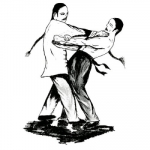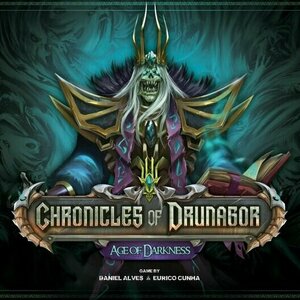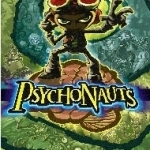
Easy To Use ! Microsoft Word Edition
Productivity and Education
App
Microsoft Word is the industry standard word processing software used the World over to create...

Simple Control Home Automation + Universal Remote
Lifestyle and Entertainment
App
Use Wi-Fi to control thousands of devices like TVs, cable and satellite boxes, receivers, Blu-ray...
Matthew Krueger (10051 KP) rated the PlayStation 3 version of Psychonauts in Video Games
May 8, 2020 (Updated May 8, 2020)
Im going to review the first one. This is the PS3 remaster verison review.
Psychonauts- is a platforming game developed by Double Fine Productions that first released in 2005.
Psychonauts follows the player-character Raz (voiced by Richard Horvitz), a young boy gifted with psychic abilities who runs away from the circus to try to sneak into a summer camp for those with similar powers to become a "Psychonaut", a spy with psychic abilities. He finds that there is a sinister plot occurring at the camp that only he can stop.
The game is centered on exploring the strange and imaginative minds of various characters that Raz encounters as a Psychonaut-in-training/"Psycadet" to help them overcome their fears or memories of their past, so as to gain their help and progress in the game. Raz gains use of several psychic abilities during the game that are used for both attacking foes and solving puzzles. The player can assign three of these powers to their controller or keyboard for quick use, but all earned powers are available at any time through a selection screen.
The game includes both the "real world" of the camp and its surroundings, as well as a number of "mental worlds" which exist in the consciousness of the game's various characters.
The mental worlds have wildly differing art and level design aesthetics, but generally have a specific goal that Raz must complete to help resolve a psychological issue a character may have, allowing the game's plot to progress.
Within the mental worlds are censors that react negatively to Raz's presence and will attack him. There are also various collectibles within the mental worlds, including "figments" of the character's imagination which help increase Raz's psi ranking, "emotional baggage" which can be sorted by finding tags and bringing them to the baggage, and "memory vaults" which can unlock a short series of slides providing extra information on that character's backstory.
The story is set in fictional Whispering Rock Psychic Summer Camp, a remote US government training facility under the guise of a children's summer camp.
Psychonauts is a platform game that incorporates various adventure elements. The player controls the main character Raz in a third-person, three-dimensional view, helping Raz to uncover a mystery at the Psychonauts training camp. Raz begins with basic movement abilities such as running and jumping, but as the game progresses, Raz gains additional psychic powers such as telekinesis, levitation, invisibility, and pyrokinesis. These abilities allow the player to explore more of the camp as well as fight off enemies.
Despite being well received, Psychonauts did not sell well with only about 100,000 retail units sold at the time of release, leading to severe financial loss for Majesco and their departure from the video game market; the title was considered a commercial failure. Psychonauts since has earned a number of industry awards and gained a cult following.
Its a excellent and phenomenal game and cant wait to play the second one.

Wing Chun Techniques
Sports and Health & Fitness
App
Wing Chun really came to the limelight with Bruce Lee coming to the big screen. Wing Chub is a...

Calm Radio - Online streaming with relaxing music
Music and Entertainment
App
CalmRadio comes loaded with: 1 -Over 240 subscription channels** (no commercials) 2 -Over 190 free...

Chronicles of Drunagor: Age of Darkness
Tabletop Game
Daren has always been a land mired in conflict – from the moment the Mortal Races met in its...

Smash Up - The Card Game
Games and Entertainment
App
***“It’s a goofy theme with fun art and high replayability, but beneath that veneer of casual...

Hannah's High School Crush
Games and Education
App
Hannah wants to look gorgeous on the first date with her secret high school crush Jack! Get ready...

DRAGON QUEST V
Games
App
******************** This grand adventure, unfolding over three generations, is now available to...

Citymapper Transit Navigation
Navigation and Travel
App
Real-time departures. Transit maps. Line status and real-time disruption alerts. Uber integration....
